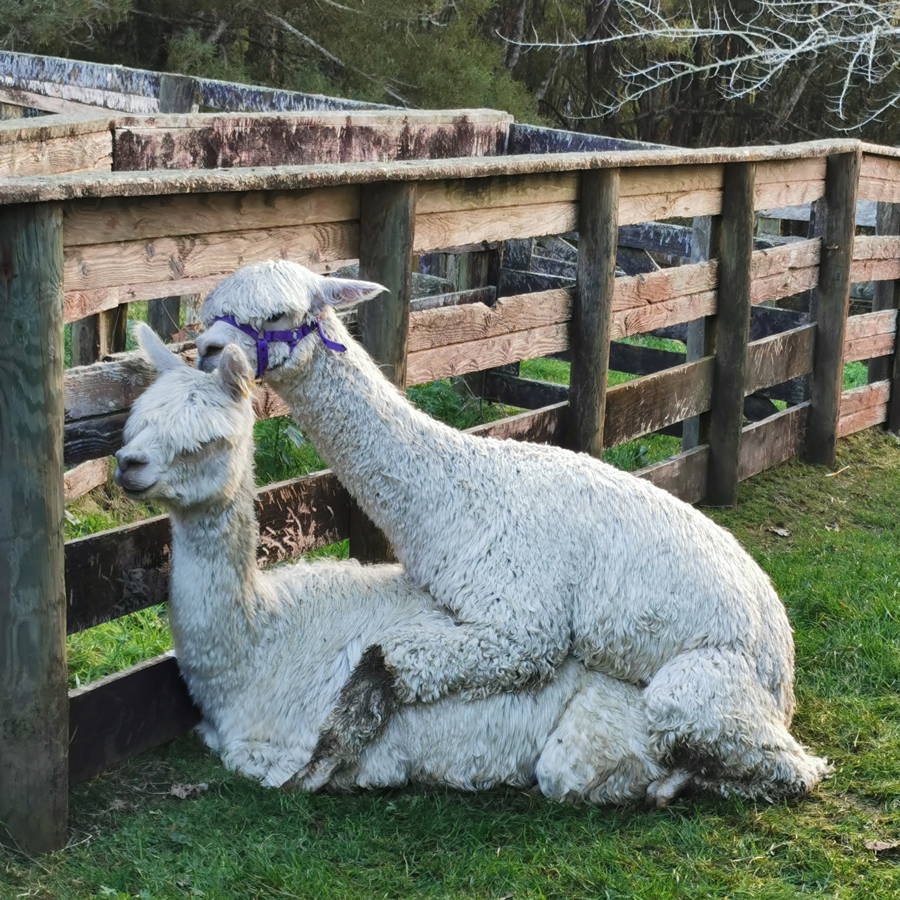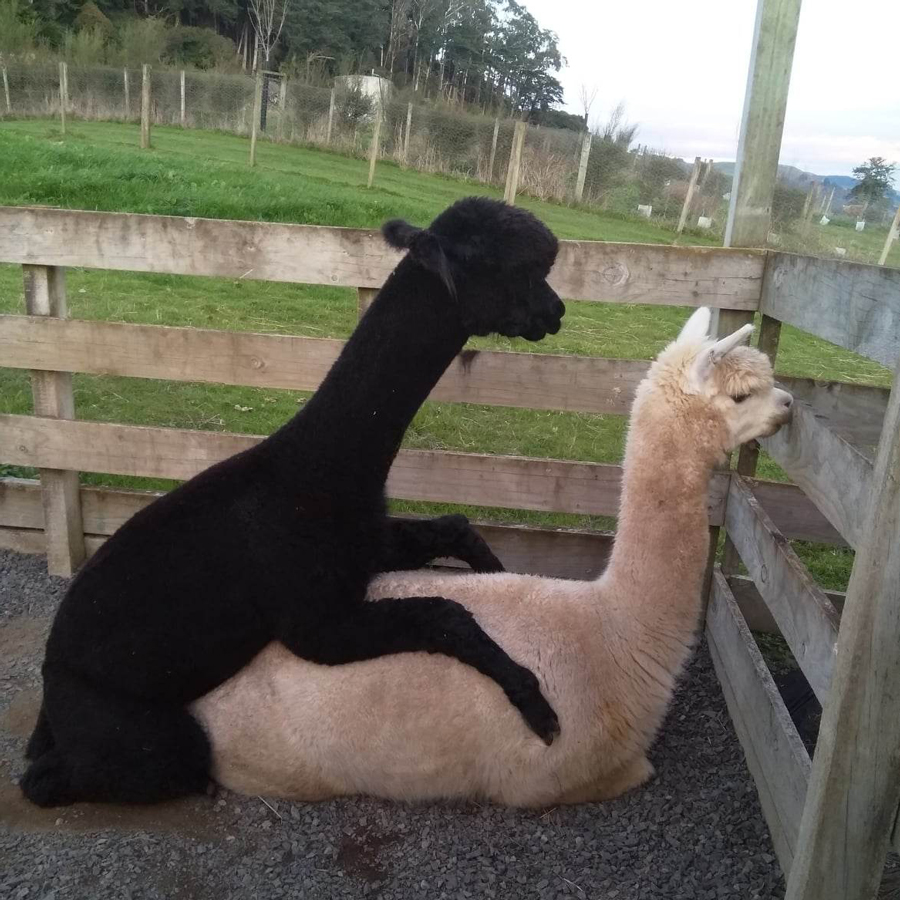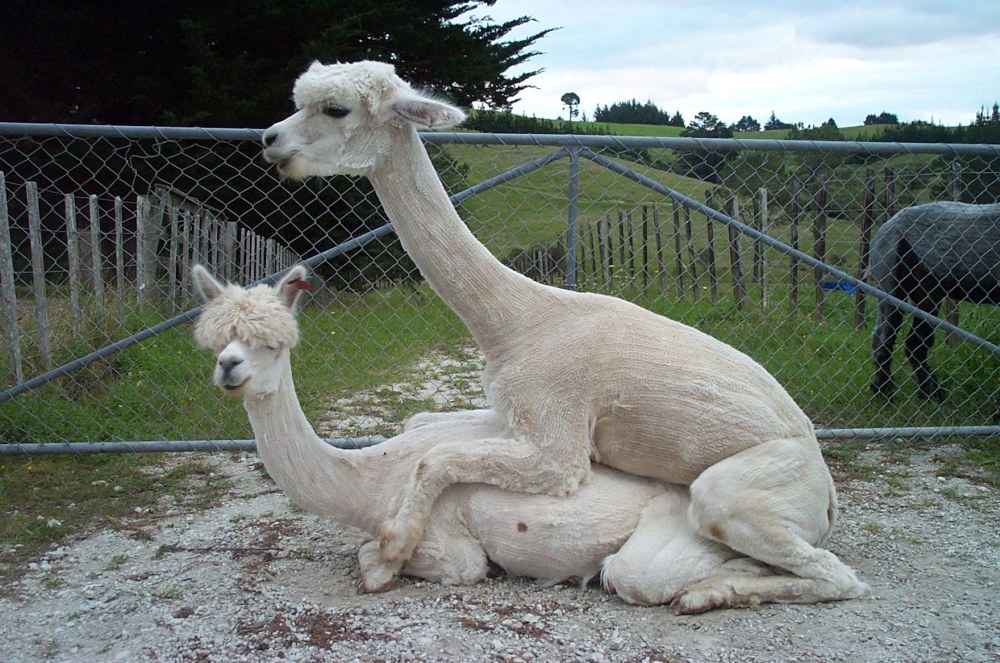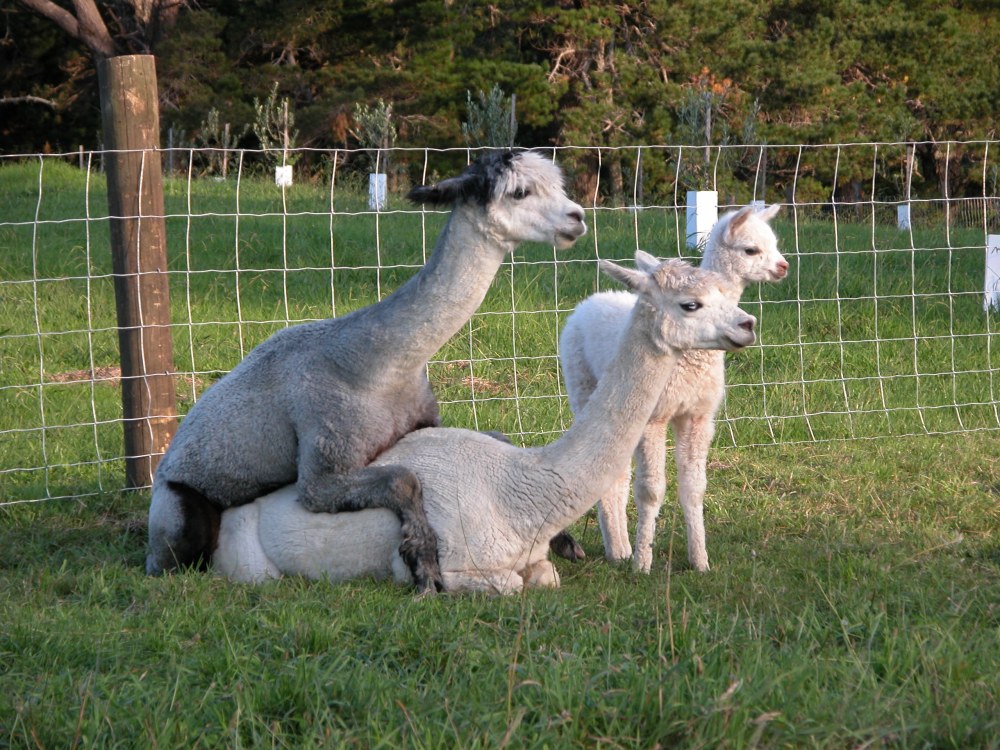Sire Selection
From the Breed Development Subcommittee
The main reason for careful sire selection is to make the best breeding decision possible to meet your breeding goals. Every breeder is different and has different goals. Each breeder will therefore use different males to emphasise the traits that they want to reinforce. The key is identifying those traits in an animal phenotypically as well as having the scientific data to help reach that target.
There are several important things to consider when you are making mating decisions. First, you need to ensure that the male you select is certified at the time of the mating. Certification is done by a vet and includes DNA testing so that progeny can be tested to confirm parentage if necessary. Certification also ensures that the male is sound with regard to conformation which should reduce the possibility of passing on undesirable traits. Certification does not include any judgment on fleece characteristics. You need to look to other sources for fleece information. Only offspring from males certified at the time of the mating can be registered on the registry.
Your next decision may be the colour of the male you wish to use. Try to select a solid, even-coloured male, if that is your breeding goal (unless you are breeding for multi or pet alpacas).
Once you have decided on one or two possible sires, it is ideal to look at some of his progeny if possible. From them, you can judge if he is throwing "typey" offspring. Are they consistent in colour, conformation, and fleece characteristics or do they vary in the characteristics you are looking for? Is the sire leaving strong healthy cria that other breeders are retaining in their breeding herd or has he only sired a couple of wethers in someone's back paddock?
Ask other breeders what they think of available males. You will get many different opinions but it can lead to interesting conversations and it will help your selection and learning.
It is commonly suggested that the appropriate time to buy your own herd sire is when you have 10 – 14 females to be mated. You can purchase a male outright or in partnership with another breeder, lease a male or arrange to swap matings with someone else. When the time comes for sire selection, take your time, do your research and keep your own breeding goals in mind. Try not to be influenced by slick advertising but check breeding information on the Alpaca Association website, check individual breeder's websites. Many breeders have very informative websites. Visit other breeders, look at the males you are considering using and compare them with other males available. Look at the progeny and don't be afraid to ask a lot of questions. Know what you require. There is little point buying expensive matings for a multi coloured female that has a strong fleece and lacks density. On the other hand you are not making the most of a good quality female if you mate her year after year to your neighbour's coarse spotty male that narrowly missed being neutered. One of the main reasons for careful sire selection in this industry, as in others, is to improve the overall quality of your herd.
In conclusion, enjoy breeding alpacas and try to select a stud male that will produce the best possible results from your female and for your breeding goals.





